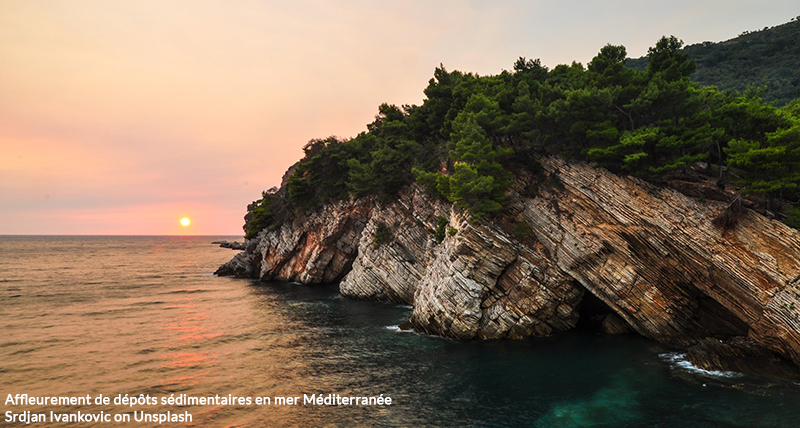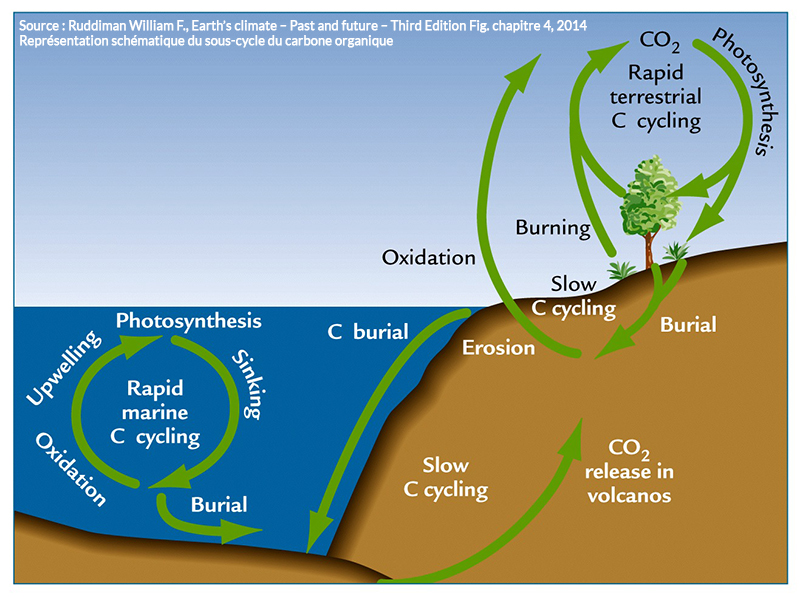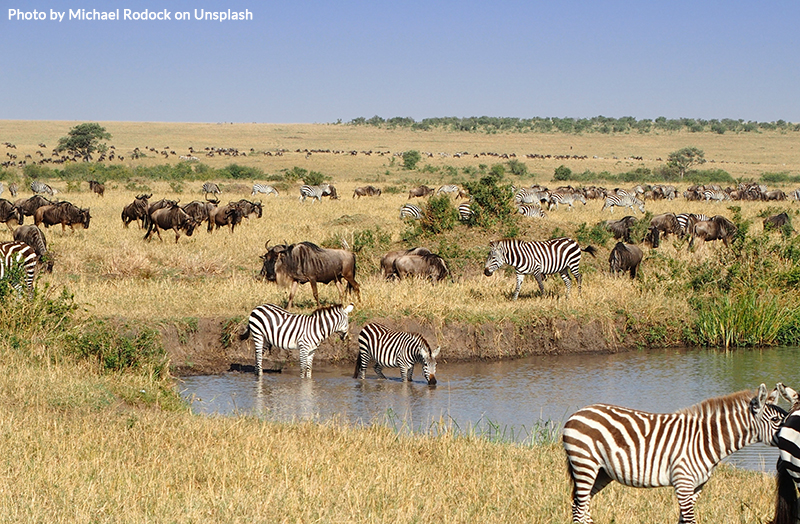PALeoventilation MEDiterranean Sea – Tracing and paleoventilation of intermediate and deep water masses in the Mediterranean since the last glacial period.
Funding
INSU-LEFE-IMAGO 2019 (2019-2021)
Project leader
C. Colin (GEOPS)
Collaborations
C. Colin (GEOPS), G. Siani (GEOPS), M. Duhamel (GEOPS), S. Zouari (GEOPS/GEOGLOB – Univ. Sfax) N. Tisnerat-Laborde (LSCE), F. Thil (LSCE), Dapoigny (LSCE), M. Revel (Géoazur, Nice), K. Tachikawa (CEREGE, Aix-Marseille), S. Toucanne (IFREMER, Brest), E. Ducassou (EPOC, Bordeaux), M. Paterne (LSCE, Gif-Sur-Yvette), N. Kallel (GEOPS/GEOGLOB – Univ. Sfax).
This project aims to test the various hydrological scenarios that have led to changes in the thermohaline circulation in the Mediterranean over the last glacial period and last deglaciation. The object is to better constrain the mechanisms that underlie these hydrological changes which occurred during rapid climatic events of the last glacial period and their potential impacts on the deposition of organic-rich deposits (i.e. ORL, sapropels). In order to do this, we propose to reconstruct the hydrological variations of the intermediate and deep water masses in the central Mediterranean (the Ionian Sea, the Straits of Sicily, the western Mediterranean around the Sardinian Channel and Corsica). We use the difference in C14 ages between deep and intermediate waters and the surface in order to identify changes in the ventilation of intermediary and deep water masses. These analyses are carried out using a new generation of accelerator mass spectrometers, the ECHoMICADAS, which allows us to use carbon 14 to date samples containing as little as 20 µg of carbon. These results are then combined with the trace evidence for the origin of the water masses based on the isotopic composition of the Nd in planktonic foraminifera (for the period post 30 ka). Analyses of foraminifera Nd and benthic foraminifera δ13C will also be carried out for sapropel S3 (beyond the scale of C-14 dating) in order to constrain the hydrology that gave rise to this anoxic event which occurred under glacial environmental conditions (sea level, inputs of fresh water from the African continent and the hydrological connection at the Straits of Gibraltar) that differ from the environmental conditions prevailing at the time when sapropel S1 was deposited.
.
General outline of the hydrology of intermediate water masses in the Mediterranean and the locations of cores selected for the PALMEDS project.
Associated thesis
Maxence Duhamel, Sounda Zouari






